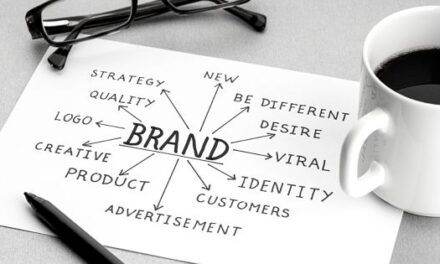Appearances, they say, can be deceiving. But they don’t have to be. In fact, one of the best marketing strategies in the 202Xs is based on authenticity.
Ensuring that your brand is perceived as socially responsible is a double win – firstly, because consumers love brands like this and secondly, because it’s profitable.

Let’s take a look at why incorporating social responsibility in your marketing is a no-brainer and, in particular, how that might look when you choose to be inclusive of the disabled community in that strategy.
The Basics Of Social Responsibility
Social responsibility isn’t complicated, well, not at the “big picture” level anyway. It’s simply a reflection of a business that pursues long-term, achievable goals that are good for the people in the business, the people in the community that it serves and the world at large.
According to Forbes magazine, the benefits of this strategy are clear:
- It’s easier to recruit and retain employees when your business is built on treating people well, oddly, people would rather work for you than for businesses that don’t treat people well
- It boosts the way that your clients see your brand – this is a big deal, particularly, if your social responsibility stretches to inclusivity. Did you know that 1 in 5 Australians has a disability, for example? Yet, many brands don’t even try to focus on this group. Imagine how positively people would view your efforts, if you did.
- It helps investors know that you’re going to be accountable to high standards – every business is run to make a profit, but not all businesses are run to make a difference. Social responsibility sets out a clear statement of intent that you’re going to achieve standards.
- It reduces costs – improved brand image, better recruitment and retention, etc. all lead to lower long-term costs. Build better relationships and the cost of initiating and retaining those relationships falls.
- It improves customer feedback – when your customers feel included and wanted, they tend to offer the kind of feedback that you need to improve and develop your business. That gives you a long-term edge.
Marketing, Social Responsibility And Inclusivity
Then, it all boils down to making these efforts more than a secretive gesture in the boardroom and telling the world about it.
Marketers that understand how to communicate their company’s social responsibility and in a way that’s inclusive of the audience that they want to reach – like the 15% of Australians with a disability – are going to help build brands that last.
Because while these things are good to do, they’re also highly profitable in the medium to long term and they’re not expensive to get started with, either.
Would you rather do business with a company that cares about its staff, promotes community benefits and tries to do good in the world? Most people would and research data shows that they’re willing to pay a premium for this – if they know it’s happening.
That’s how the marketing department turns social responsibility into a double-win!
Final Thoughts On The Double Win Marketing Strategy
Social interest and self-interest don’t always overlap, but fortunately, when it comes to marketing – they do.
Becoming a socially responsible, socially aware business is, of course, the right thing to do. It’s ethical, it’s moral and it’s decent.
But that’s not enough for most businesses to invest in something, it also needs to be profitable, and all the research says that it is.
For example, by including the community of people with disabilities, you’re including an extra 4 million Australians in your marketing – they’ve all got money to spend.
And if your focus is global, then you’re including a billion people when you talk to the same community! That’s mega bucks up for grabs.



















